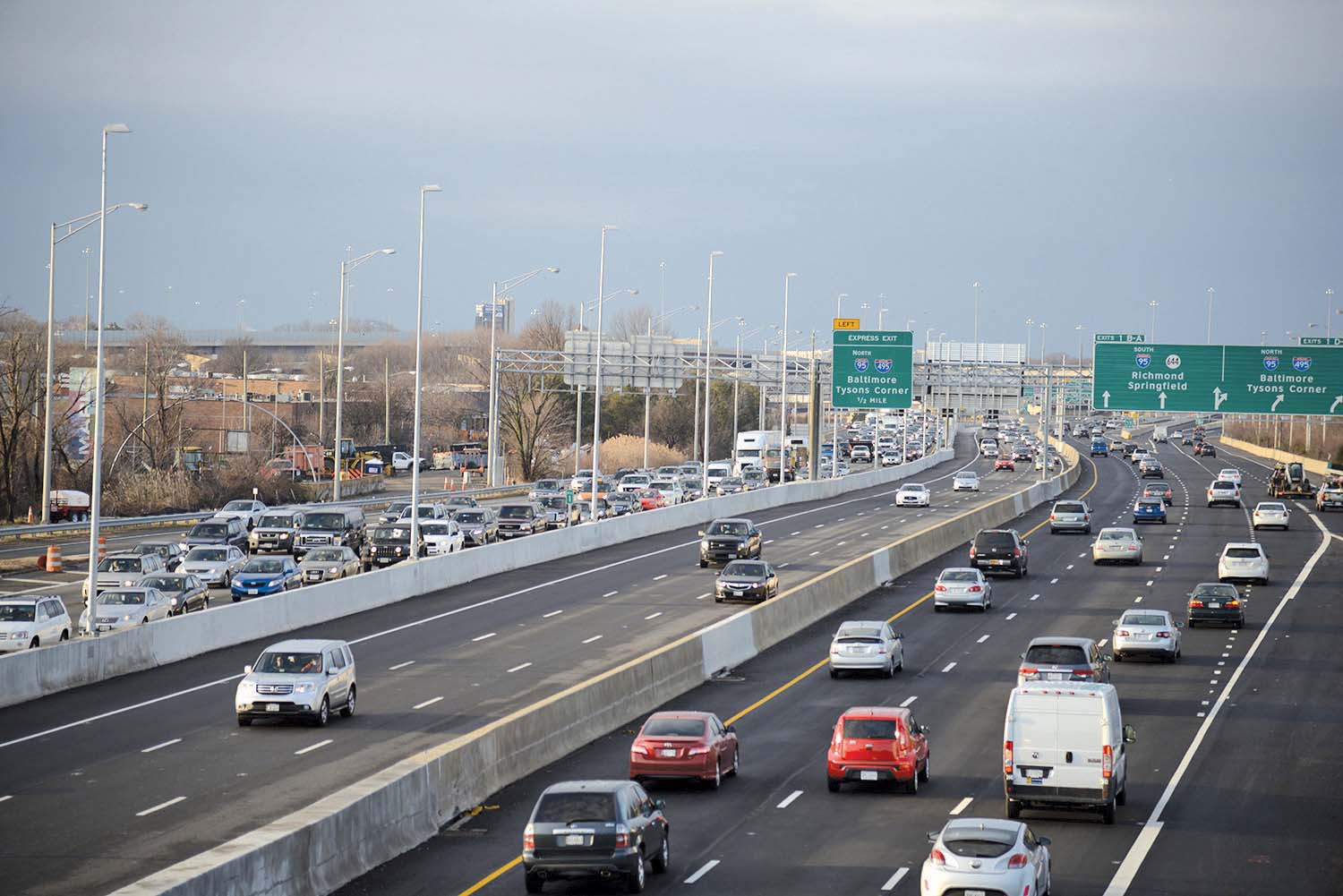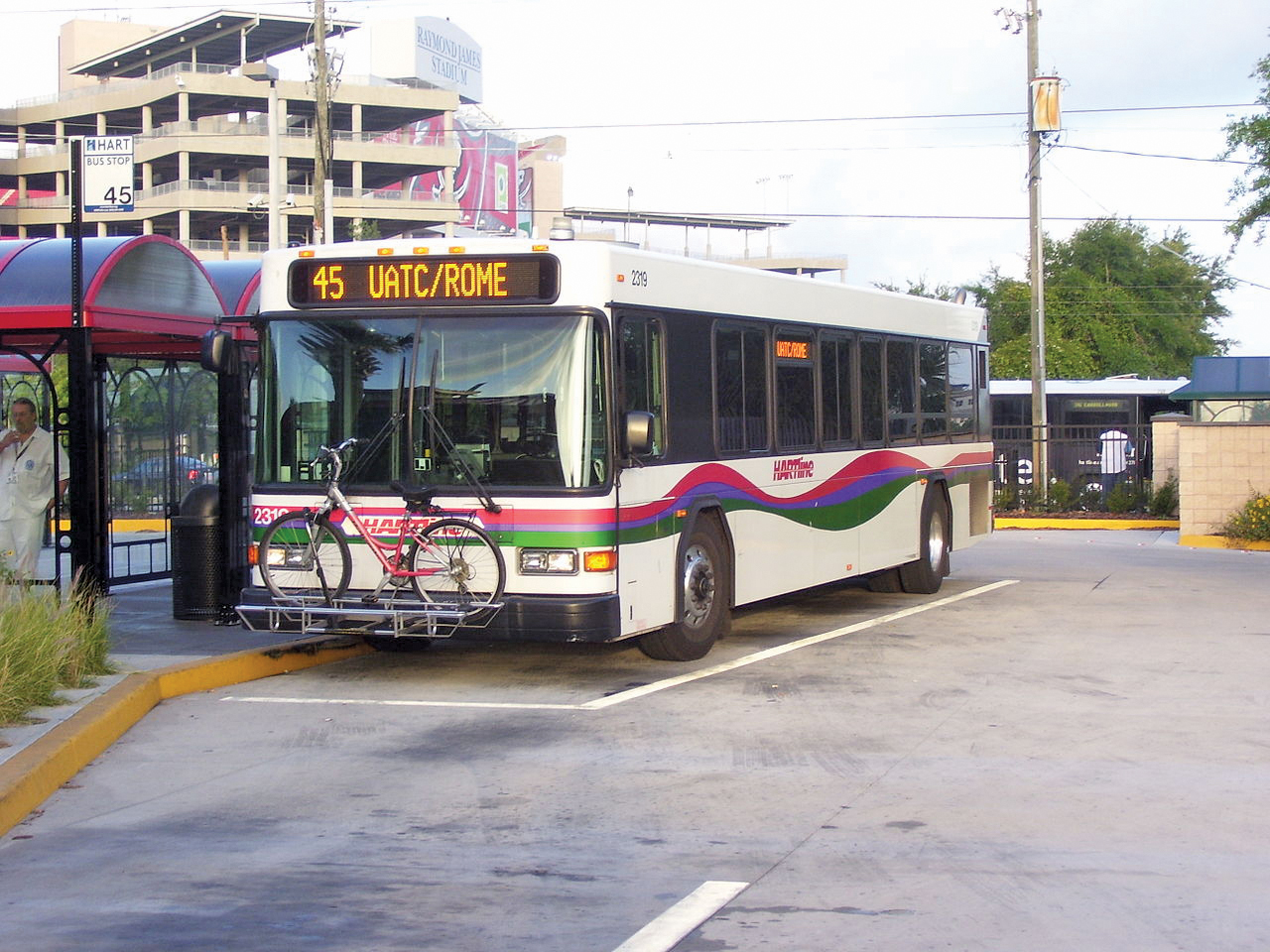TransCore's David Sparks writes about the development of 95 Express, Florida Department of Transportation's new high-occupancy tolling facility. High-Occupancy Tolling (HOT) lanes are one of the most compelling uses of existing transportation infrastructure to expand capacity, particularly in major metropolitan areas which have limited right of way but need to relieve congestion. According to the Federal Highway Administration, while vehicle miles travelled have increased over 70 per cent in the past 20 yea

95 Express is being designed and implemented to carry high-occupancy vehicles as well as toll-paying single drivers on two non-stop express toll lanes in each direction along I-95 from downtown Miami North 21 miles to I-595 in Broward County
TransCore's David Sparks writes about the development of 95 Express, Florida Department of Transportation's new high-occupancy tolling facility.
High-Occupancy Tolling (HOT) lanes are one of the most compelling uses of existing transportation infrastructure to expand capacity, particularly in major metropolitan areas which have limited right of way but need to relieve congestion. According to theEarly successes with San Diego's I-15 FasTrak, Orange County's Express Lanes and Houston's QuickRide took the managed lane concept to the proven stage. With an investment of more than $800 million from the Federal Government, five additional urban centres have become testbeds for innovative design and today those installations are showing promise - so much so that other communities are lining up with similar deployments, as recently evidenced by San Francisco's commitment to an extraordinary 1,300km or 800 miles of HOT lanes in the Bay area. Beyond mitigating congestion, selling excess capacity to offset current operating and infrastructure funding shortfalls has a particular appeal right now. Without question the hottest ticket in town is HOT lanes. Transportation authorities around the country are watching as more early adopters' systems go live and the operational experiences become available.
95 Express - a Floridian first
One such project is '95 Express', Florida's first variable priced toll facility, which is situated on I-95 in Miami-Dade County. The project received $62.9 million in funding from theI-95 between Miami and Fort Lauderdale is one of the most heavily travelled highways in the nation. South of the Golden Glades Interchange, I-95 carries more than 290,000 vehicles per day, with traffic volumes expected to exceed 360,000 vehicles per day by year 2030. It was cost-prohibitive to widen the corridor, so congestion management strategies were explored to increase capacity on the existing infrastructure.
95 Express is being designed and implemented to carry high-occupancy vehicles as well as toll-paying single drivers on two non-stop express toll lanes in each direction along I-95 from downtown Miami north 21 miles to I-595 in Broward County.
The first 95 Express segment, northbound between SR 112 and the Golden Glades Interchange, started tolling on 5 December 2008. Variable pricing is used to manage capacity and help maintain traffic flow on the facility at speeds greater than 45mph. 95 Express includes the portion of I-95 between SR 112/Airport Express way and the Golden Glades Interchange (see Table 1: 95 Express at a glance).
Steady growth
In the first three months of operation, the average weekday traffic volume in the 95 Express lanes has grown steadily to 24,000 daily trips. Vehicles are travelling at 45 mph or greater in excess of 99.1 per cent of the time and 15mph above the local lanes during the evening rush hour from 4-7pm. Future development of HOT lanes is slated to extend the express lanes from Downtown Miami north 21 miles to I-595 in Broward County as early as 2011.Technology: innovative to initiative
With the efficiency of electronic toll collection tested over the last decade and its recent adaptation for ORT environments, the technology is solidly proven; however, HOT lanes pose some new engineering considerations. Converting HOV lanes to HOT lanes means working with roadway designs that were not originally constructed for tolling and with motorists potentially unfamiliar with it. There are technical challenges because managed lanes sit directly beside general-purpose lanes. Identifying cars with tags in managed lanes but filtering out cars with tags in adjacent general-purpose lanes requires a precise RFID hardware system and highly sophisticated software integration as variable pricing data is constantly changing and is processed and filtered in real time. This is further complicated by the importance of coordination with traffic management, public safety, enforcement and public information systems.Probably one of the most notable aspects of the 95 Express project is the approach to toll-exempt travel. 95 Express is the first HOT lane deployment in the United States that requires qualified motorists to pre-register their licence plate for recognition as a toll-free user. Due to the unique right-of-way constraints of the facility, the ability to provide lane-side enforcement facilities for patrol officers led the project team to identify the registration process as a means of realising the electronic toll violation enforcement system. All vehicles not exempt from tolls must have a SunPass transponder installed, and Florida's Turnpike Enterprise violation enforcement system electronically monitors the traffic. Non-exempt drivers without transponders will have their licence plates photographed and receive an Unpaid Toll Notice (UTN) for failing to pay a toll. Failure to resolve the UTN will result in a Uniform Traffic Citation (UTC).
Drivers of vehicles qualifying for toll exemption (which include registered vanpools, 3+ registered carpools, registered hybrid vehicles and motorcycles) are responsible for shielding their SunPass transponders so as not to incur a toll. Drivers with hard-case transponders will need to shield them in a protective bag. Those with SunPass Minis will need to place a shield over them. If the transponder is not properly shielded, the toll rate will in effect be deducted from the user's pre-paid SunPass account.
Every implementation of managed lanes so far has been unique and as new deployments come online more will be learned about how these systems should operate. Continuous and incremental improvement is critical for refining concepts and operations as experience is gained. Furthermore, the economy and the social and political environment will play heavily in reshaping how we fund our transportation infrastructure, how we use mass transit and hybrid technology and how readily we accept new approaches for matching transportation capacity with demand. The time is right for widespread adoption of HOT lanes as a core tool in addressing congestion and its related transportation problems.
| Project overview: | Miami I 95 HOV Lanes Conversion Florida Department of Transportation |
|---|---|
| Problem: | South Florida has some of the worst traffic congestion in the nation Longer commute times, lower operating speeds, less trip reliability From 2000 to 2030, population expected to increase by 45% and travel speeds to decrease by 25% Congestion wastes 150 million hours annually costing $2.5bn Congestion contributes to increased fuel consumption and emissions |
| Project scope: | Ultimately, 21 miles from Miami to Ft. Lauderdale Conversion of one HOV lane to two new Express lanes or HOT lanes HOV 2+ peak hour-only to registered HOV 3+ 24 hour variable pricing Dynamically priced tolls Bus rapid transitIncrease effective capacity with minimal construction disruption |
| Stakeholders: | Florida Department of Transportation Florida's Turnpike Enterprise Miami-Dade Expressway Authority Miami-Dade & Broward County MPOs Miami-Dade & Broward County Transit South Florida Commuter Services |
| Project funding: | Urban Partnership Agreement - $43.4 million for highway - $19.5 million for transit Florida Legislature - $35 million FDOT Work Programme |
| Project benefits: | Upwards of 50% travel time reduction in express lanes from Golden Glades Interchange to SR 112 Transit transfer delay eliminated at Golden Glades Interchange Offers benefits traditional widening projects cannot Encourages ride-sharing Provides incentives for transit use Implements demand management, thus encouraging travel during non-peak periods Reduces or eliminates trips Improved trip reliability |
| Toll exemptions: | Registered carpools with three or more occupants Motorcycles Registered van pools Buses used by Miami-Dade Transit and Broward County Transit Public school buses EL registered hybrid vehicles Registered Over-The-Road-Buses (OTRB) (ie.CharterBuses) |
| Implementation schedule: | Phase 1A - Northbound from SR 112 to Golden Glades Interchange - Opened December 2008 . Phase 1B - Southbound from Golden Glades Interchange to SR 836 late 2009 - Northbound from SR 836 to current terminus at SR 112 Spring 2101 . Phase 2 Golden Glades Interchange to I-595 Beyond 2010 - pending funding |
| Complementary strategies: | 511 service providing highway and transit information Increased law enforcement presence Incident management - road ranger service Incident management - Incident Response Vehicle (IRV) to coordinate and support clearances Law enforcement, road rangers and IRV coordinated training to rapidly clear accidents and open lanes to traffic . Dynamic message signs Ramp signalling |
| Consultant: | PBS&J |
| ORT system integrator: | TransCore |
| AVI technology: | TransCore RFID tags and readers (used in state-wide SunPass system) |
| System testing: | Conducted more than a month of full system testing at the TransCore Amtech Technology Center Test Track before live traffic deployment and commissioning of the system. |
| Website: | %$Linker: |











